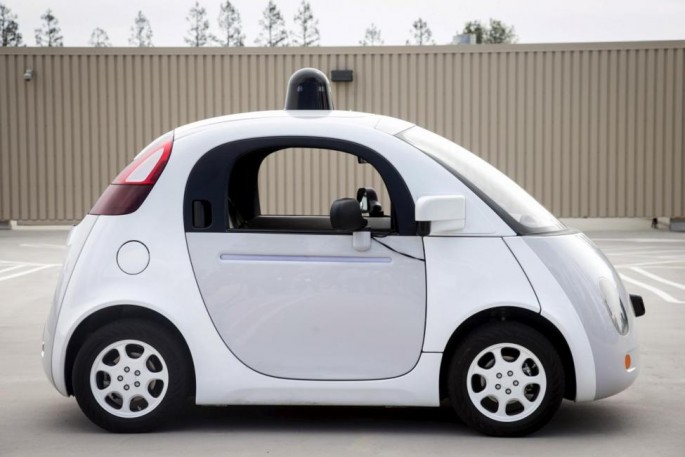The Google self-driving car development team is of the view that in order to fulfill the expectations of customers, it is essential for a self-driving car to undergo a test raking up no less than three million miles on virtual roads in a day.
A report in CNET stated that though Google is of the view that real-time road tests are the best option to test a car, they subject their self-driving cars to a demanding 3-million mile virtual road test whenever they incorporate or augment any important feature to their project.
According to Google's Self-Driving Car Project's January report, the development team scheduled anything between 10,000 miles and 15,000 miles of public road test on an average every week. Google has said that integration of a simulator into their project has helped them to do away with releasing a car from the garage always - instead they perform initial tests using the simulator.
In addition, Google is also of the view that employing a computer for testing their self-driven cars also helps them to record each and every aspect related to the testing, allowing them to recall information accurately. This, the Mountain View-based tech giant said performs a vital role in developing the car.
The January report states that engineers at Google's Self-Driving Car Project are frequently incorporating latest capabilities as well as refining the driving of the car by improving the software. "Before we roll out any change to our fleet of cars, we first test it extensively in this virtual environment," the report added.
Referring to the different manners in which traffic lights are installed as well as profiled in California and Austin, Texas, the report said that the test undertaken by their engineers allowed the company to calibrate the ability of the car to distinguish traffic lights appropriately. While the traffic lights are installed vertically in Mountain View, California, in Austin, Texas, the traffic lights were adjusted to a horizontal as well as dimmer profile. Google has been able to update its data base more accurately and in further detail as it could collect such simple, but equally vital information.
Hence, Google firmly believes that its self-driving cars are capable of reducing potential auto accidents and fatalities - many of which are attributed to driver error.
Watch the video of a first drive of Google's self-driving car below:



























